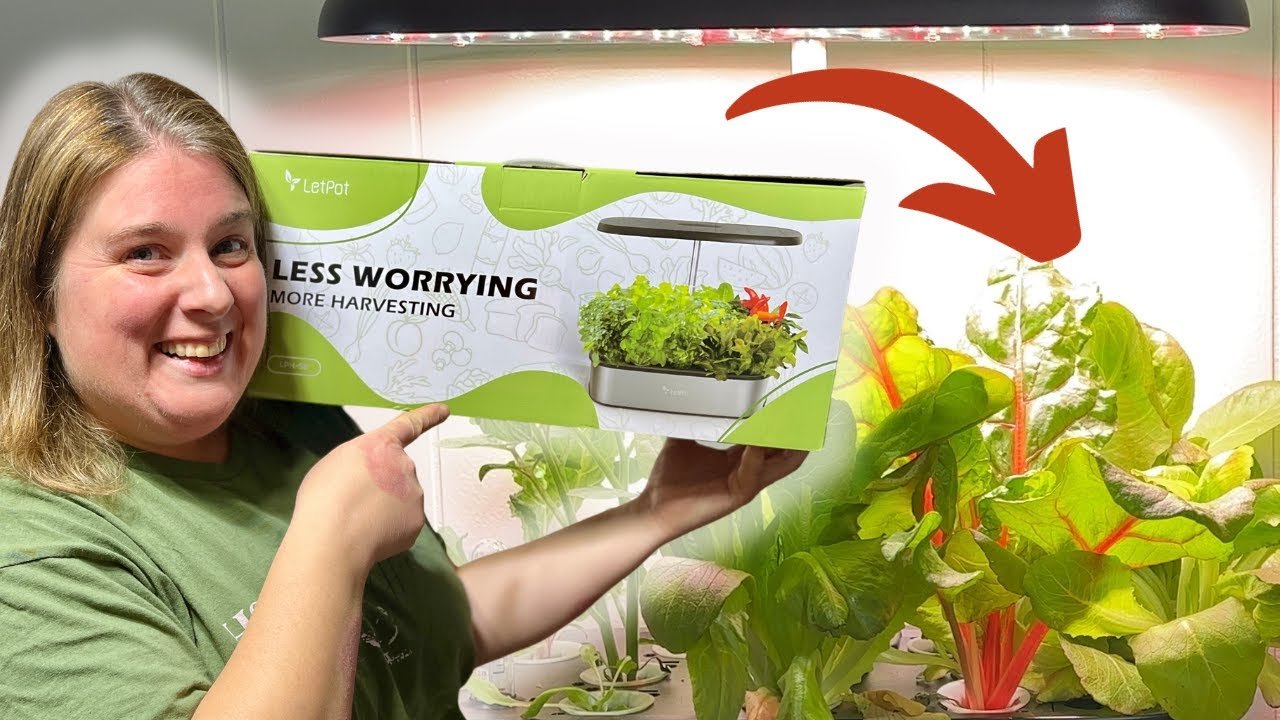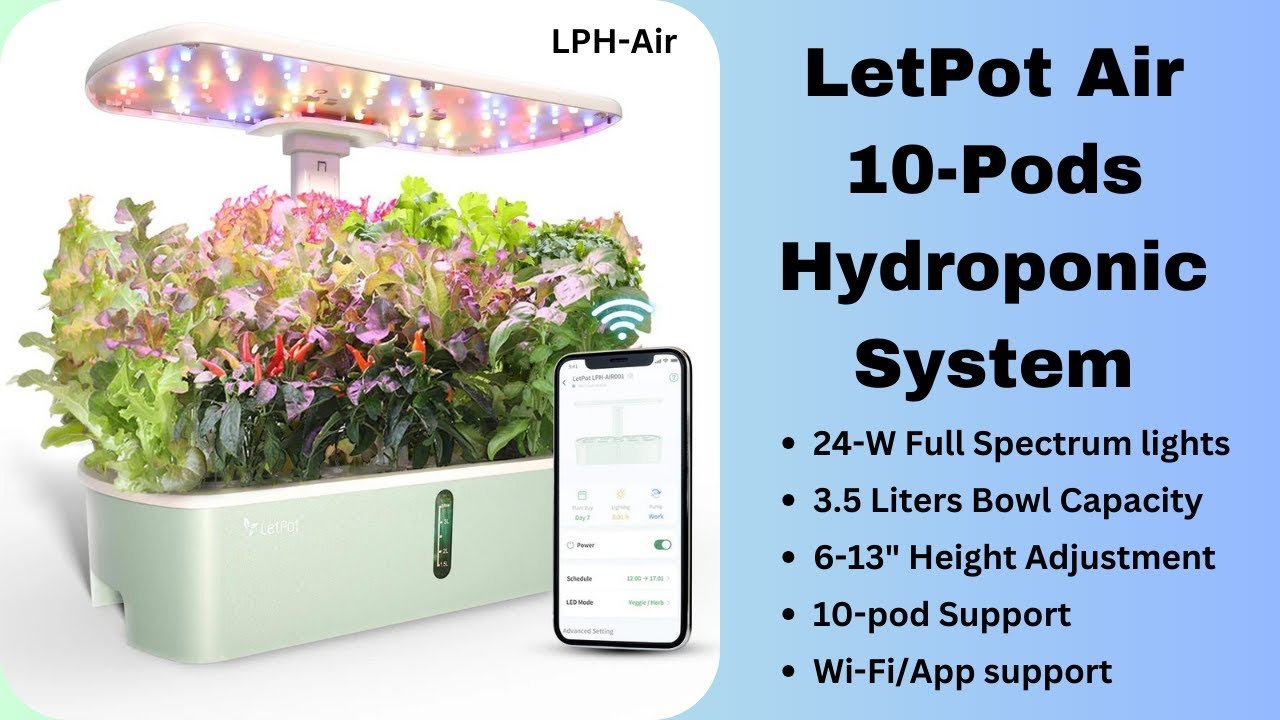Building My Hydroponic Tower Garden: A Journey of Trials and Triumphs
I’ll never forget that sunny Saturday when I decided to dive headfirst into the world of hydroponics. Living in a small town, where the closest big box store was a solid thirty-minute drive away, my backyard became my canvas. The idea was to build a hydroponic tower garden—something I’d read about in a magazine while sipping coffee on a lazy afternoon. At that moment, it felt like a challenge I was ready to take on.
Armed with a handful of YouTube videos and a burning desire to grow my own fresh veggies, I ventured into my shed. Ah, the shed—an unholy mess of power tools, rusted nails, and long-forgotten projects. I ended up fishing out an old plastic barrel that had been sitting there for years, remnants of a failed rainwater collection system. Perfect, I thought. It was just the right size, it would hold water, and for my tower garden, it could function as a reservoir. The smell, though—it had that stagnant, earthy scent that made me wonder what had fermenting in there. But I pushed the thought away; I had my vision.
To start, I needed a way to elevate this contraption. A couple of old pallets—also sitting in my shed collecting dust—seemed ideal. So, I stacked them unevenly, creating a rickety base that looked like something out of a horror movie. But who was I to judge? I took my trusty power drill and started making holes in the barrel. Why I thought six holes in a barrel was ideal, I still can’t quite explain. But in my mind, the veggies would flourish through those openings; everything would be beautiful! Spoiler: they were not.
I had done a bit of research and decided cherry tomatoes, spinach, and lettuce would be my ‘star players.’ But the sneaky side of me thought it’d be great to incorporate aquaponics too, so I bought three little goldfish from the local pet store. “They’ll provide the nutrients!” I told myself while ignoring the part where I had no clue how to balance this whole setup. I named them Citrus, Basil, and Pepper, convinced they would be my garden’s knighted protectors.
As I filled the barrel with water, the sweet sounds of nature surrounded me. Birds chirping, the faint rustle of leaves—it made it almost poetic, except for the faint whiffs of that funky, algae-laden aroma rising as the water settled.
Fast forward a few days, and let me tell you, I was on cloud nine. Little seedlings were starting to sprout through those makeshift holes, and I felt like a gardening wizard. But that was before reality hit. Oh, did it hit hard.
That first week, I noticed the water turning green. Really green. I thought I’d nailed it, but here I was, staring at my little oasis, wondering if I could even call it that anymore. A friend of mine, bless her heart, suggested using an air pump to help oxygenate the water. So, I made yet another trip to that dreaded box store, grabbed the air pump, and wrestled with the tubes all night long. The moment I powered it on, the little bubbles started dancing through the water, and for a split second, I thought I had it all figured out.
Then another curveball came. Citrus, Basil, and Pepper—the three tiny fish—started acting strange. Instead of swimming around cheerfully, they laid listlessly at the bottom of the barrel. Panic shot through me. I consulted Mr. Google, my omniscient friend, and my heart sank when I read about nitrogen cycle problems and the fear of “fish shock.” I was aware of aquaponics being a delicate balance of fish health and plant nutrients, but I didn’t realize how quickly things could go south.
After losing the fish, I found myself standing in my backyard, looking disheartened and a little defeated. All those ideas, all that excitement—it felt like it had just evaporated. I placed my hands on my hips, staring at my rickety tower garden with dismay. I had envisioned picking fresh tomatoes, but here I was struggling to keep the fish alive.
Yet in that moment of despair, something magical happened. I began to notice the seedlings—those hopeful little green spots poking out of the barrel—still resilient and thriving. They didn’t seem to mind the disaster that had unfolded beneath their roots. It was like they were giving me a gentle nudge to keep going.
This led me to a revelation: maybe I didn’t need to turn my venture into a convoluted aquaponics system right away. Instead, I focused on perfecting the hydroponics part. Slowly, I pulled out the old aquarium filter I had stashed away (another shed rescue) and turned my setup into a more straightforward hydroponic tower without the pressure of maintaining fish. I used liquid nutrients from the gardening store, researching how to get just the right balance.
Over time, I watched my garden flourish in that imperfect tower. The tomatoes developed into sweet, plump globes that popped with flavor, and I had more spinach than I knew what to do with. I even learned to mix smoothies using my freshly harvested greens, a little proud of the mess I had created.
So, if you’re thinking about building your own hydroponic garden, don’t fret about getting every little detail right from the start. My journey was filled with mishaps, regrets, and even a bit of fish heartbreak. But you know what? I learned—we grow from our mistakes. Moreover, the genuine satisfaction of nibbling on something I grew myself was totally worth it all.
You’ll figure it out as you go; that’s half the fun of it all. Just dive in, let the journey unfold, and embrace the chaos.
And hey, if you want to take your gardening to the next level, check out this link… Join the next session. You won’t regret it!







Leave a Reply